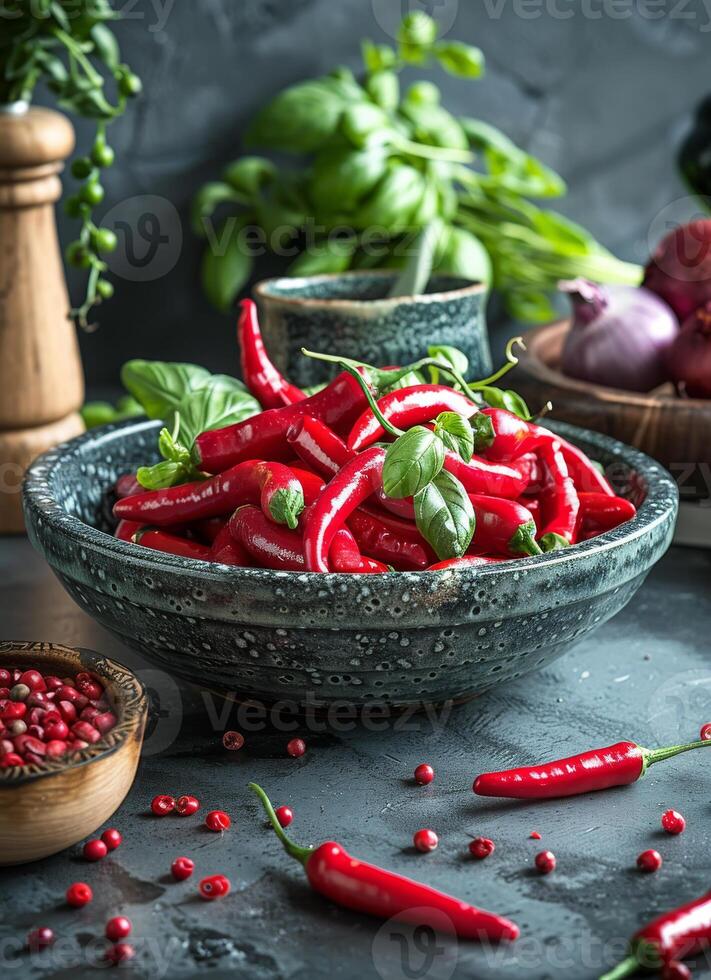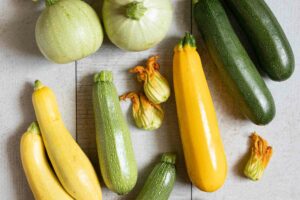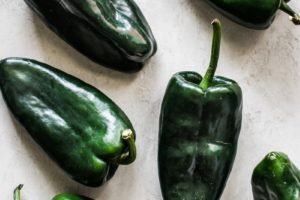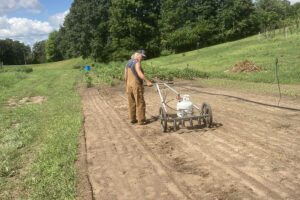 Hot peppers are a flavorful and fiery addition to any garden, offering a colorful harvest and a punch of heat for your kitchen. Whether you’re a fan of jalapeños, habaneros, cayennes, or the blazing Trinidad scorpion, growing hot peppers can be a rewarding experience with the right care and conditions. Here’s how to get started:
Hot peppers are a flavorful and fiery addition to any garden, offering a colorful harvest and a punch of heat for your kitchen. Whether you’re a fan of jalapeños, habaneros, cayennes, or the blazing Trinidad scorpion, growing hot peppers can be a rewarding experience with the right care and conditions. Here’s how to get started:
Choosing the Right Variety
Before planting, decide what kind of heat and flavor you’re after. Pepper heat is measured on the Scoville scale:
- Mild to Medium Heat: Jalapeño, Red Cherry, Poblano (1,000 – 8,000 SHU)
- Hot: Cayenne, Thai chili, (30,000 – 100,000 SHU)
- Super Hot: Habanero, Scorpion, Scotch Bonnet (100,000 – 2,000,000+ SHU)
Choose varieties that suit your taste and local climate. Some super-hot peppers need a longer growing season and consistent warmth.
Transplanting Outdoors
- Timing: Wait until all danger of frost has passed and nighttime temperatures stay above 13°C. We suggest first week in June to allow for the soil to warm up.
- Soil: Choose a well-draining soil rich in organic matter with a pH between 6.2 and 7.0.
- Spacing: Plant 12–18 inches apart to allow good air circulation.
Growing Conditions
- Sunlight: Full sun—6 to 8 hours daily.
- Watering: Keep the soil consistently moist but not soggy. Deep water once or twice a week.
- Fertilizer: Use a balanced fertilizer (e.g., 10-10-10) every 3–4 weeks, or compost tea for a natural option.
Hot peppers thrive in heat, but overly hot or dry conditions can stress plants and reduce yields. Mulch helps retain moisture and suppress weeds.
Storing and Using Hot Peppers
- Fresh: Store in the fridge for up to 2 weeks.
- Drying: Hang in a warm, airy place or use a dehydrator.
- Freezing: Chop and freeze raw, or roast first for added flavor.
- Fermenting: Use for homemade hot sauces.
Growing hot peppers is not only fun and flavourful—it can be an adventure in experimentation. We have so many of varieties to choose from and countless culinary uses, these spicy plants are a staple for any gardener who enjoys a little heat in their harvest. Visit our online store at www.rumarfarm.ca to add a little spice to your garden.
Ruth and Marc
Rumar Farm



